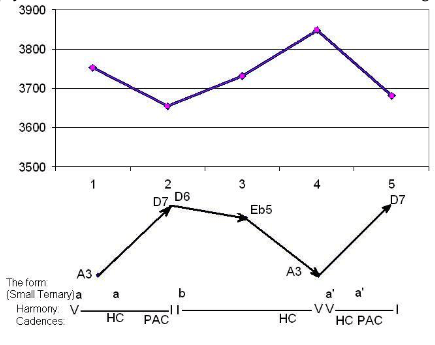Music waves Research and the Biointernet
https://www.iumab.org/category/music/
When a musician is playing a piece, and the audience is enjoying it, they can develop physical synchronies.
The team used a technique called near-infrared spectroscopy to monitor the brain activity of a professional violinist while he was videoed playing a series of 12 brief, classical pieces. They then used the same technique (which involves shining beams of light through the skull, to monitor changes in blood flow) on 16 women while they watched the video, and listened to all of these pieces. (Because gender differences in inter-brain synchronisation have previously been observed, only women were recruited as listeners.)

The averaged inter-brain coherence between the audience and a violinist predicts the popularity of violin performance
Highlights
Music popularity is explored in terms of interpersonal brain synchronization.•
Dual-NIRS approach is used to record brain activity of the violinist and audience.•
The averaged IBC between audiences and the violinist correlates with popularity.•
IBC not only discriminates high and low popularity, but also predicts popularity.•
Music appreciation involves brains in a temporally aligned network.
Abstract
Why is some music well-received whereas other music is not? Previous research has indicated the close temporal dependencies of neural activity among performers and among audiences. However, it is unknown whether similar neural contingencies exist between performers and audiences. Here, we used dual near-infrared spectroscopy (NIRS) to assess whether inter-brain synchronization between violinist and audience underlies the popularity of violin performance. In the experiment, individual audience members (16 females) watched pre-recorded videos, each lasting 100 s or so, in which a violinist performed 12 musical pieces. The results showed that the popularity of the performance correlated with the left-temporal inter-brain coherence (IBC) between the audience and the violinist. The correlation was stronger at late watching (>50 s) than at early watching (≤50 s). The smaller the Granger causality from the audience to the violinist was, the higher was the popularity of the piece with the audience. Discriminant analysis showed that the IBC could distinguish high popularity from low popularity. Further analysis using support vector regression showed that the IBC could also predict the popularity. These findings reveal the association of IBC with the popularity of violin performance. Music appreciation involves the brains of music producers and perceivers in a temporally aligned network through which audiences perceive the intentions of the performer and show positive emotions related to the musical performance.
IBC, Performance popularity, Violin, Temporal, cortex, NIRS
https://www.sciencedirect.com/science/article/pii/S1053811920301427?dgcid=rss_sd_all
https://www.iumab.org/category/music/
IUMAB Music Research Library
Music Waves, GDV Sputnik, Brain activity and more
Welcome! Music waves Research and the Biointernet
See also:
